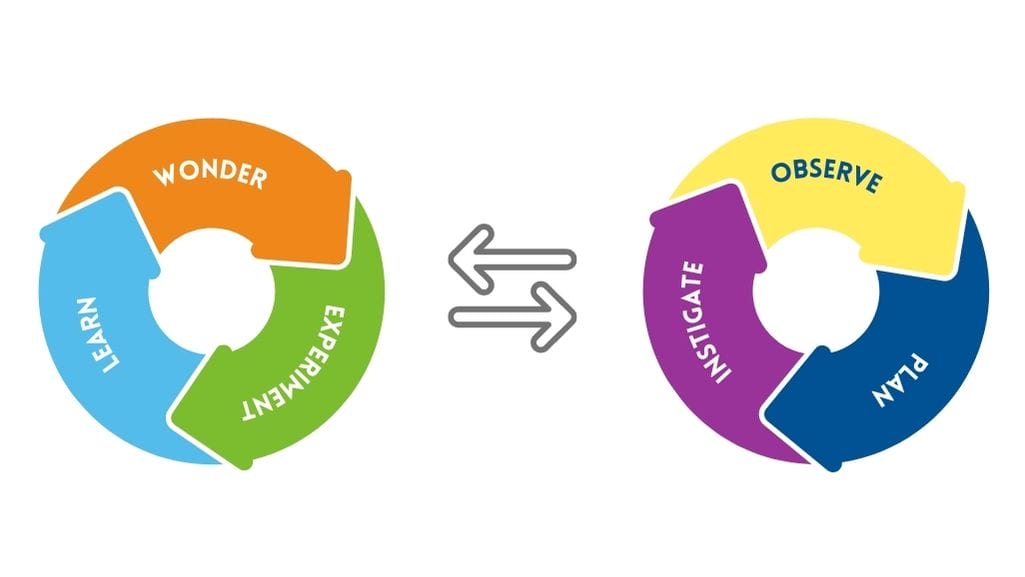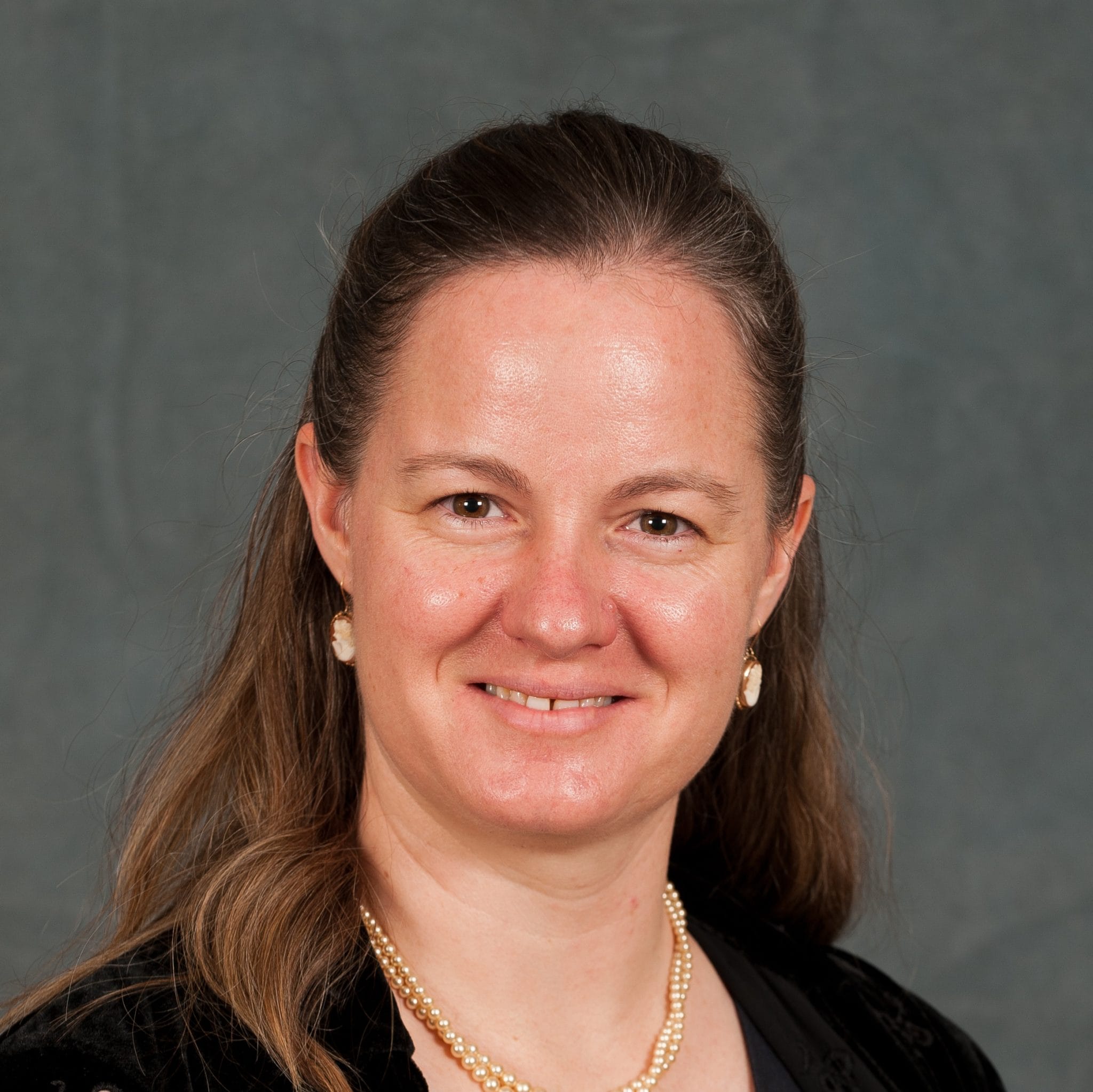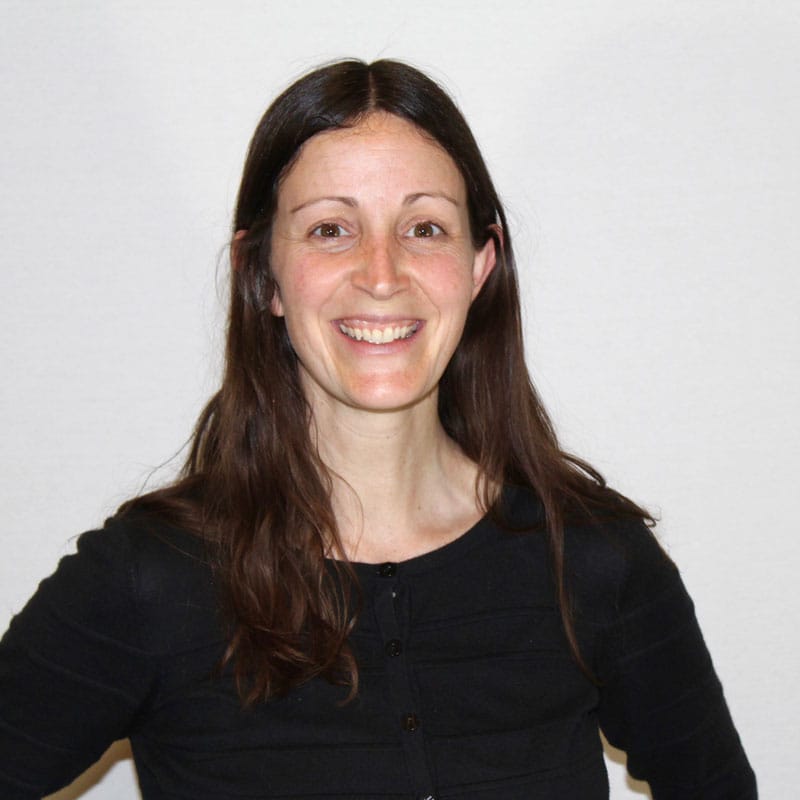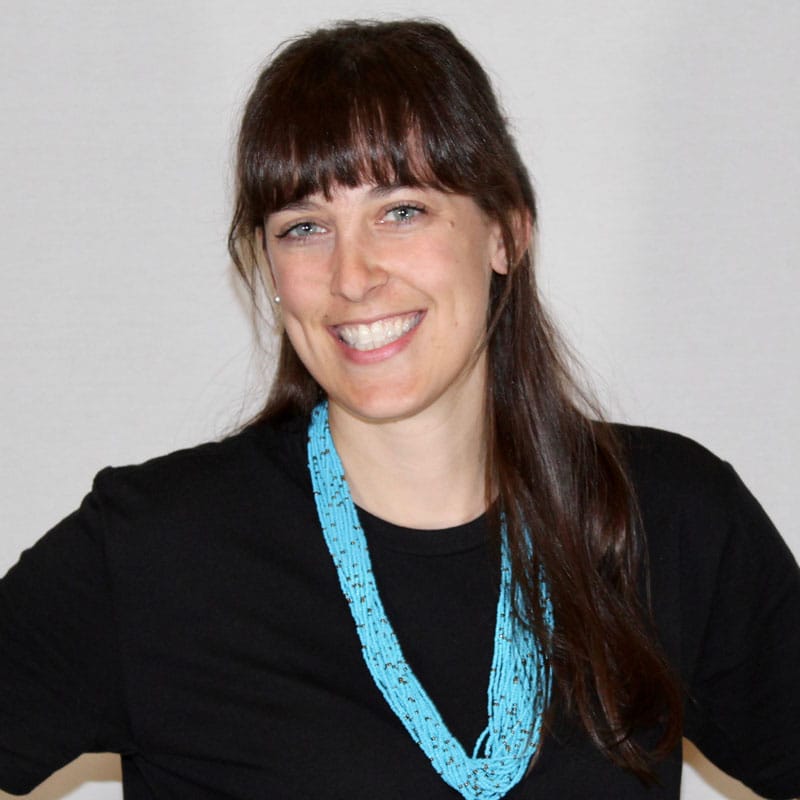April 14, 2015
(Photo: Center for Inspired Teaching)
Today’s piece was written by Inspired Teaching’s Suzanne Katz, Director of Professional Development Academy and Senior Researcher. In November 2014, Center for Inspired Teaching won a national LRNG Innovation Challenge grant, awarded by the National Writing Project in partnership with the MacArthur Foundation and John Legend’s Show Me Campaign.
At some point in their training, as they move from the student’s desk to the teacher’s desk, teachers begin to talk like…well… teachers. This encompasses both the use of jargon (“Positive Behavior Intervention and Supports” vs. “Assertive Discipline”) and the language of planning, organizing, questioning, and scaffolding information.
Teachers’ mastery of the professional language of teaching is critically important; unfortunately, it often supplants the language of learning they used to use when they were students. This chasm between how teachers and students participate in and understand the activities of the classroom can negatively impact the classroom community and diminish the wonder and joy that should accompany the learning process for everyone. All Inspired Teaching programs begin by reintroducing teachers to learning from students’ perspectives, and as our programs progress, there is a noticeable shift in not just the language teachers use, but in how teachers approach classroom practice.
At the end of March, Educator Innovator and Inspired Teaching organized a trip to Mt. Zion Cemetery, using this historic piece of DC as a classroom for a group of fellow winners of the LRNG Innovation Challenge. After arriving, we asked these educators to explore, piecing together what they could say about the cemetery simply from walking the site. Teachers in the group participated in the activity as students would – engaging in the process without knowing the detailed lesson plan or ultimate goal.
At first, the teachers were silent as they ambled through the grounds reading tombstones. After some time, they began to discuss the physical deterioration of the site. They wondered aloud how the monuments came to be in their current state and why one grave had old children’s toys placed on the headstone while another had scant information about the interred. We then provided them with several primary source documents, and the teachers began to put together the cemetery’s history using the texts to corroborate or refute their earlier conclusions. Groups of teachers shared information back and forth, building a fuller picture of the site’s history through open discussion.
The type of talk the teachers used here is particularly important. Participants were most likely to question, suppose, suggest, and find ways to support each other’s ideas. Leaving professional dialogue behind for the morning, the teachers spoke as students of the Mt. Zion Cemetery, equal members of this particular classroom.
This activity illustrates the importance of teachers reclaiming their role as learners, something we tend to abandon once we are on the other side of the desk. In having teachers experience the role of the student, we remember the joy and uncertainty of the learning process (which Inspired Teaching describes as the Wonder-Experiment-Learn cycle). We re-imagine what it means to make sense of the unknown and the risks and rewards inherent in such a task. Most of all, when we see ourselves as learners, we teachers engage in the learning process with our students as opposed to imposing the process upon them.
It is important for teachers to master the language of teaching because it is how we communicate with one another as professionals in our chosen field. It is just as essential that we remember and thoughtfully engage in the language we use as learners. It is this language that connects us to the students in our classrooms, and it is this language that allows us to empathize and join with our students in continued and shared knowledge construction and understanding.


















